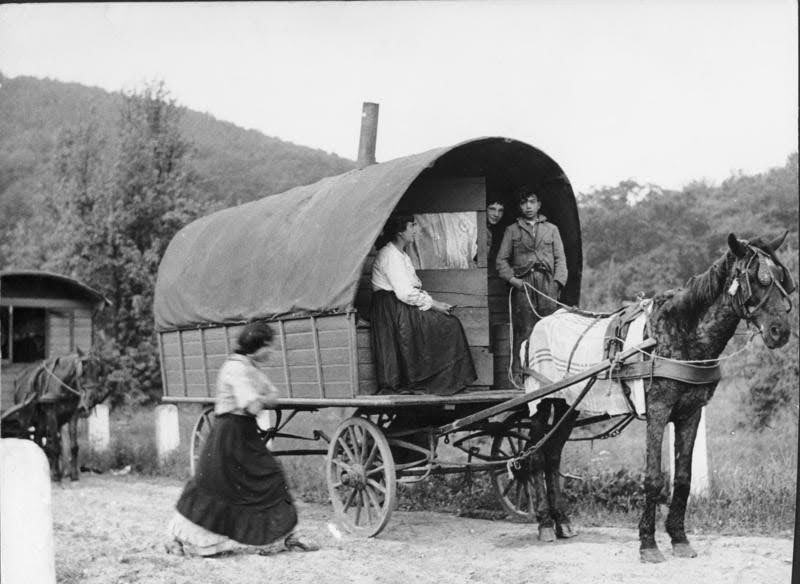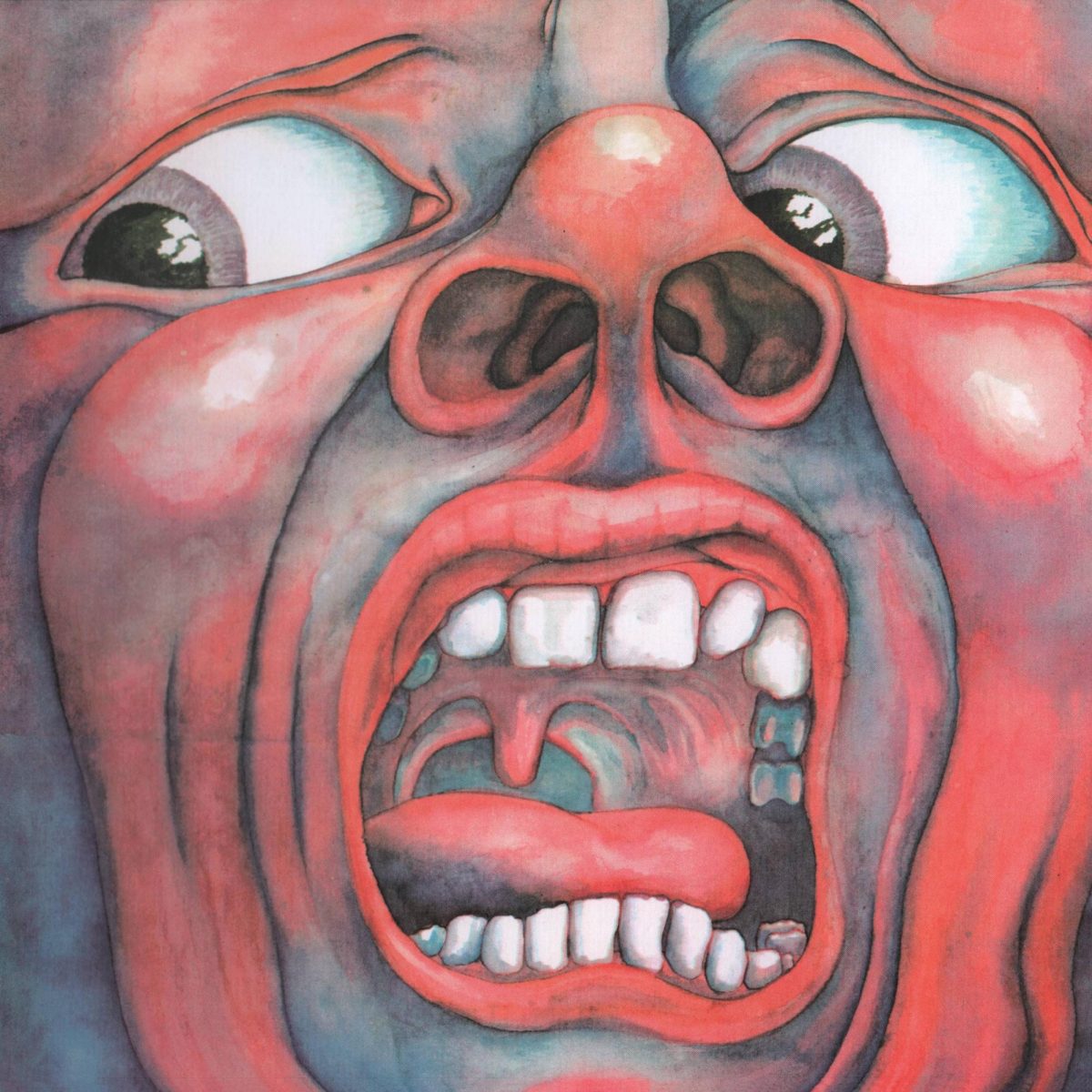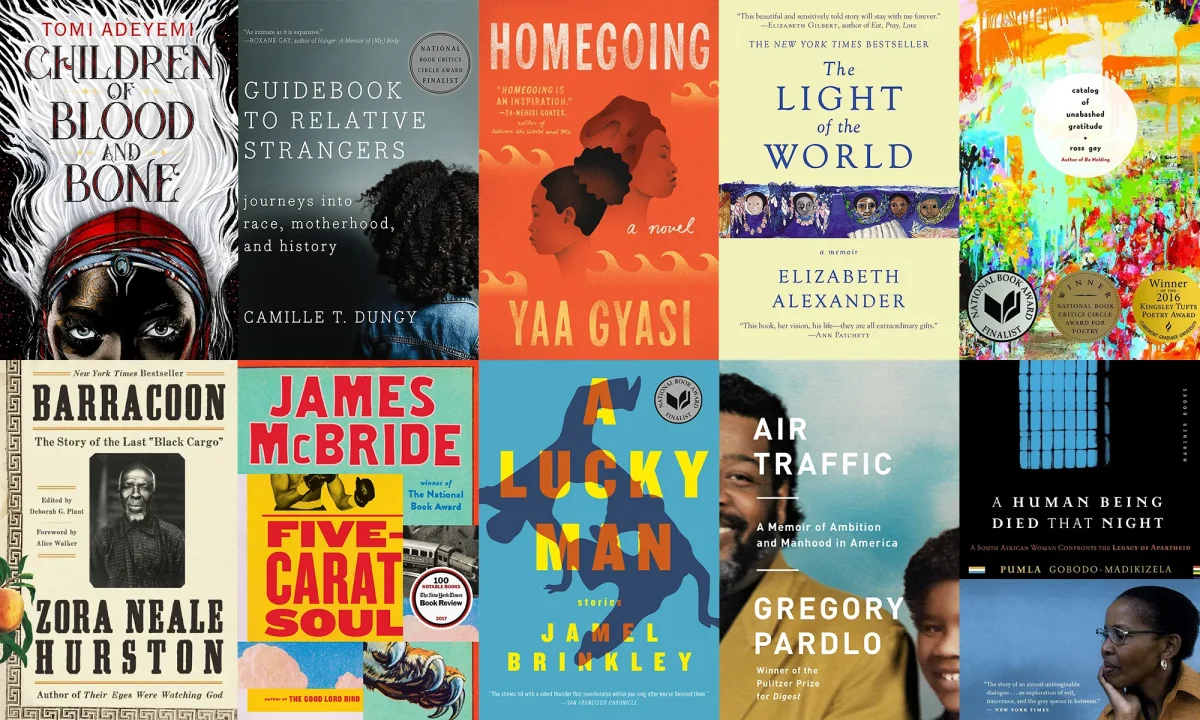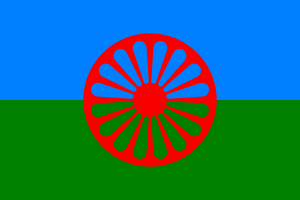
Romani, a forgotten yet somehow hated culture. The persecution of Romani goes back centuries and continues very strongly to this day. You may ask, “If they are hated, why are they forgotten?”. That is because the oppression of Romani people is so ingrained in society, you would never notice it unless someone points it out and tells you why it is oppression. This is best exemplified by the most common name most people know the Romani as, ‘Gypsies’. This is a slur, which is used so casually by so many people. I even grew up thinking this was what they were called and used the slur myself. The proper term that many people prefer is Romani, which in the Romani language just means “people”. I was fascinated by the image of Romani people that was fed to me by the media and the world, the image of tricksters and criminals. I did not even connect that Romani people were an ethnicity, I just thought of them as a group of clever dancers and tricksters. I now know that both the slur and this image of Romani people is wrong in a multitude of ways. But it is so ingrained within the culture of the world that actual Romani culture is being forgotten and replaced with an image that oppresses them. In the modern world and with the invention of the widespread media we have now, Romani awareness is becoming rapid, but it still takes effort to unlearn so much of the environment that we grew up in, even if it’s subtle. Hence why I decided to write this lengthy article, to unlearn and learn new things about Romani culture and their persecution throughout history.
Origins
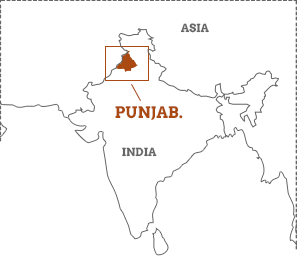
Genetic studies of the Romani ethnicity reveal that Romani people originate from the Punjab area in Northern India. There is also evidence that they originate from the Ancient Ancestral Southern Indians, essentially meaning that their skin was significantly darker than other South Asians today. More evidence for this is found within the Romani language, which is related to Sanskrit, the sacred language of Hinduism. These Hindu roots can also be seen through Saint Sara-la-Kâli, who is the patron saint of the Romani people. She is also considered to be a continuation of the Hindu goddess Kali, who Romani ancestors were thought to have worshiped.
The term “Roma” also could be derived from the “doma” caste within the ancient Indian caste system; doma was a dancers and entertainers caste. Before the Romani left India, another group descended from the “doma” caste left India. They are the Domari, who ended up residing in Egypt and much of the Middle East. They also helped popularize cultural staples, such as belly dancing. While the Domari and Romani are related to each other, they are not the same. They both have very distinct histories, but they are considered “cousins”.
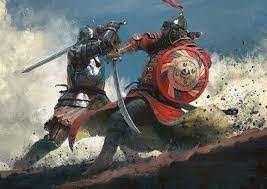
There are two different theories on why the Romani people left India. The most common one is that they were driven out by continuous invasions by Mahmoud of Ghazni, a Turkic Afghan sultan.
Two versions of this theory exist. One is that the Romani were Rajput warriors and were forced out by the invasions due to their warrior status. Another is that they were nobles in the capital of Kanawush in Uttar Pradesh, which was sacked by Mahmoud of Ghazni. The second theory about their departure is due to caste suppression and discrimination. In the modern day, the Indian caste system is significantly less fundamental and has also gone through significant changes throughout history. During the Romani people’s time in India, the caste system was very harsh and cruel, and the doma caste was one of the lower castes. This suppression probably led many groups to leave India, including the Romani and Domari.
From India, the Romani would reach Iran and Syria, where they would stay for a fair amount of years. However, they would later move on to Armenia, possibly due to discrimination against them within Iran and Syria. They likely experienced similar things within Armenia but would stay there for slightly longer. Another theory for their departure from the Middle East area is the continuous invasion by the Mongols within those areas at the time. The Romani people finally ended up in Europe, specifically the Balkan area, in 1300. They ended up in the Byzantine Empire, where their centuries-long mistreatment and discrimination in Europe would start.
Persecution
This persecution not only lies within the laws or treatment of the Romani, but also in the language used for them. Germans would call them “Zigeuner”, Italians would use “Zingari”, and the French would call them “Tsinganes”. All of these words translate roughly to “untouchables”. Romania would also use the word “Tigan”, which translates to “slave”. These are the words thrown at the Romani for centuries, and all are considered racial slurs nowadays. It is not just laws that discriminate against Romani, but the entire culture of Europe has been shaped by Romani persecution.
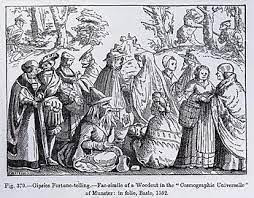
In England, the Egyptians Act was passed by the Crown in Parliament in 1530, which banned Romani from entering the country and required those living in the country to leave within 16 days. If they did not do so, their property was confiscated and they were imprisoned and deported from England. It was called the “Egyptians Act”, due to the misconception that the Romani came from Egypt and not India. Then, 24 years later in 1554, the English Parliament passed a law that made being Romani a felony punishable by death. Between 1551 and 1774, numerous monarchs in Germany passed a total of about 130 anti-Roma legislation. In the Kingdom of Bohemia, Romani were to have their right ears cut off and in the March of Moravia, their left ears were to be cut off. While in certain parts of Austria, they would be branded on the back with a branding iron, with an image that represented the gallows.
Anti-Romani legislation is not something from the distant past. It is much more recent than we think. During World War II, Romani were targeted in the Holocaust similar to how Jewish people were targeted. This will be talked about more in depth in another section. But after World War II, within communist nations, Romani were targeted for “assimilation”. Usually this meant the forced sterilization of many Romani to lower their birth rate. Similarly, in Norway, Romani were forcibly sterilized by the state, along with other ethnic minority groups. This was a practice by Norway until 1977.
According to the latest Human Rights First Hate Crime Survey, Romanis in the modern day routinely suffer assaults in city streets and other public places as they travel to and from homes and markets. In a number of cases of violence against them, attackers have also sought out whole families in their homes or whole communities that house Romani. The widespread patterns of violence are sometimes directed both at causing immediate harm to Romanis, without distinction between adults, the elderly, and small children and physically eradicating the presence of Romani people in towns and cities in several European countries.
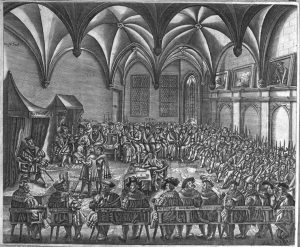
In 1498, the Holy Roman Emperor Maximilian I ordered the expulsion of Roma, accusing them of supporting the Turks since some of them converted to Islam during this period. The next anti-Roma decree in the Holy Roman Empire was in 1541, by King Ferdinand I, who issued a decree that all Romani would be expelled from the country. Then, 4 years later in 1545, the Diet of Augsburg (a committee requested by Emperor Charles V) declared that anyone who killed a Romani, would be guilty of no murder. This spurred on a massive killing spree across the empire. The carnage was so terrible that the Holy Roman Empire had to forbid the drowning of Romani women and children, but the killing of Romani men was still legal. Later, in 1710, Joseph I of the Holy Roman Empire issued an edict that ordered all adult Romani males to be hanged without trial, whereas women and young males were to be flogged and banished forever. The decree also stated that anyone who helped the Romani was to be punished with forced labor for half a year. The result of this decree was another mass killing of Romani across the Empire. 11 years later, in 1721, Charles VI changed the decree to include the execution of Romani Woman. But children would not be expelled or executed, but rather put in an institution to be reeducated. There were more laws passed against the Romani which continued to ostracize them and further bloodshed, but if I were to detail only the laws against the Romani within the Holy Roman Empire and Europe, this section would be three pages long. I implore you to learn about the continued injustice against the Romani throughout Europe.
Slavery
Along with all these continued legal acts of straight up murder and assault committed throughout European history of Romani people, Romani people have also been under the longest period of human chattel enslavement in the world. Chattel enslavement is particularly different from the common slavery that went on in all parts of the world in that it distinctly makes the slaves the “property” of their “masters”. Allowing people who owned slaves to do anything they wanted to the enslaved people with barely any punishment. This is the kind of slavery that existed within the United States for over 200 years. Except for the Romani, they were enslaved for about 500 years in Romania.
Hence why the word used for Romani in older Romania is “Tigan”, which translates to “slave”. Romania first started enslaving Romani in 1350, with the first written account of such acts being the Prince of Wallachia “gifting” 40 families of enslaved Romani to a monastery. The Romani were chosen to be enslaved due to the already established strong hatred the whole of Europe has towards Romani people. Also due to their dark skin, which was seen as being “impure”. If you had any Romani blood, any at all, you were considered a slave within Romania. Even if you were a Romani citizen of another country and stepped foot within Romania, you were a slave. The ONLY exception to this rule was Muslim Ottoman citizens who were also Romani.
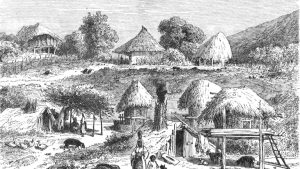
Romania was the only European country (excluding colonies) with a distinct class of slaves. There were three distinct classes of Romani slaves: slaves that belonged to the nobles or “boyar”, slaves that belonged to churches, and slaves that belonged to the Crown/State. Any slave without a “master” was considered a slave of the state. There were also distinctions between where enslaved Romani worked as well. Enslaved Romani who worked in houses, which were known as the “bayash”, were forbidden from speaking the Romani language. They were threatened with cutting out their tongue. This caused many Romani groups that descended from the Bayash class to still not be able to speak their original language. This class also ended up looking lighter and more mixed than other enslaved Romani due to the continued rape of Bayash people. The different Romani slave classes were also not allowed to mix, causing distinct different Romani groups to grow out of their slave classifications.
Enslaved Romani, unsurprisingly, were treated as well. They were forced to wear iron collars that had spikes on the inside to prevent them from lying down. Their “masters” also used their torture as entertainment. The most famous example of this was Vlad the Impaler. He “owned” tens of thousands of enslaved Romani and was known for taking great delight in torturing them. Vlad the Impaler is considered a national hero in Romania, due to helping save Romania from a large Ottoman invasion with his large army. However, his armies were composed largely of enslaved Romani. Similar to how America and its wealth was built upon the backs of enslaved black people, Romania’s wealth, buildings, and victories were built with the hands and on the backs of enslaved Romani people. Reparations have not been paid.
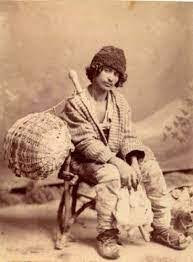
The abolition movement in Romania was sparked by many Romanian aristocrats going to Eastern Europe to study. As mentioned before, Romania was the only European country with a class of slaves within its territory. This would have also been after England had abolished its practice of chattel slavery within its colonies. The aristocrats, surprisingly, realized the injustice of their class system. Transylvania first abolished it in 1783. It would take another hundred years for the two other regions to abolish their practice of slavery. Wallachia dipped its toe in the water by passing a law that gave freedom to enslaved Romani of the state but not enslaved Romani of the boyars or of the church. Moldavia finally abolished it in 1855, with Wallachia following suit a year later in 1856 with the full abolition of chattel slavery. Unlike in America, the widespread and long enslavement of Romani people within Romania is not talked about or mentioned once in Romanian schools today. And if it is talked about, it is a brief mention.
Holocaust
The most well-known part of Romani persecution is during the Holocaust. While it’s the “most” well-known part of Romani persecution, it does not mean it is well known. The most famous group targeted by the Nazis were Jewish people, but other groups were also targeted during the Holocaust, including LGBTQ+ people, disabled people, and Romani people. Historians estimate that between 200,000 and 500,000 Romani people were murdered by the Nazis in the Holocaust, but the number is inexact because there is a lack of proper records of the Romani population either before or after the war. Many more were imprisoned, used as forced labor, or subject to forced sterilization and medical experimentation, similar to how Jewish people were treated.
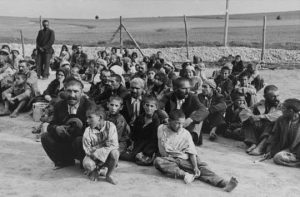
This was incredibly devastating to the Romani population. In the Protectorate of Bohemia and Moravia, a partially-annexed territory of Nazi Germany, the genocide of Romani people was so extreme that the majority of Bohemian Romani speakers (a sub-language of common Romani language) were wiped out. The language officially became extinct in 1970 with the death of its last known speaker, Hana Šebková. The Nuremberg Laws, a set of laws that restricted both Jewish and Romani people’s rights within Nazi Germany, prohibited marriage between Romani and “Aryans”, enshrined loss of citizenship rights for Romani people, barred Romani children from public schools, and made it difficult for Romani adults to maintain or secure a job, pushing a historically impoverished ethnicity of people further into poverty.
After the reinstatement of the Nuremberg laws, Romani people were deported to ghettos and concentration camps. This included Dachau, Mauthausen, and Auschwitz-Birkenau (which had a specific Romani camp). The first transport of Romani men, women, and children that arrived in Auschwitz-Birkenau was on February 26th, 1943. 23,000 Romani were imprisoned, and it is estimated that over 20,000 of them were murdered in gas chambers.
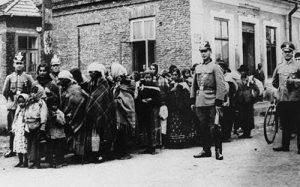
It is estimated that 6 million Jewish people were murdered during the Holocaust. Before then, there were an estimated 16.6 million Jewish people in Nazi-controlled Europe, meaning that 63% of the Jewish population was killed. That is a disgustingly high number. Even without considering the percentage, 6 million people lost their lives based on their religion and culture. It’s impossible to describe how devastating a loss this was. Given this massive loss, it makes sense that the genocide of Jewish people is emphasized in lessons about the Holocaust. However, 25% to over 50% of Romani people, or an estimated 200,000-500,000, were murdered in the Holocaust as well. Yet it is not readily taught that in schools, and during the International Holocaust Remembrance Day, it is largely only the large number of Jewish people who lost their lives that are remembered. The Romani’s experience during the Holocaust was not even fully recognized by Germany until 1981. LGBTQ+ people murdered and oppressed during the Holocaust also receive little to no attention, and they continued to be wrongfully imprisoned till 1969, 24 years after the fall of Nazi Germany.
Their lives deserve to be remembered, and it is important to talk about those who lost their lives due to vicious hatred and fascism.
Stereotypes
Much like other groups that have been unfairly hated and oppressed, many stereotypes about Romani people continue throughout Western society. The most well-known one is the term “Gypsy”, which was the most common slur used by Romani people. This slur is casually used everywhere when many Romani groups and people consider it a racial slur. An example of this is in the Disney film, The Hunchback of Notre Dame, where the main love interest and female lead of the show is consistently called this slur by herself and the people around her.

The slur is also used to culturally appropriate Romani culture. Small businesses around the world, usually ones in the fortune-telling and psychic reading industry, use the slur to describe themselves and their businesses, even though they usually have no ties to Romani people or culture. Another example of this is the “hippie aesthetic” or “gypsy aesthetic”, an aesthetic that is very similar and originates from the Romani cultural dress. Specifically, it comes from a French art movement called “Bohemianism”, which is an exoticism and romanticism of Romani culture without giving credit to Romani people verbally or financially. What makes it especially worse is that Romani people continue to be marginalized, and also can’t even wear their cultural style of clothing without being discriminated against or racially profiled due to being darker skinned than the white people engaging in this aesthetic.
The slur is not only tacked on to Romani people either. It is commonly used for Irish travelers within Ireland, Domari, and other nomadic groups. Every group that the slur is hurled at has similar stereotypes tacked on to them as well. Romani people are seen as sly, lazy, poor, criminal, exotic, strange, and dangerous. Being seen as lazy, criminal, and dangerous is common for groups that have been systemically put in poverty for centuries. It follows the old saying of “pulling yourself up by your bootstraps”, seemingly saying that if you are born into poverty, just work harder. A quote from Dr. Martin Luther King Jr sums up why this saying is inherently incorrect: “It’s a cruel jest to say to a bootless man that he ought to lift himself by his own bootstraps”.

Within the media, Romani continue to be portrayed as criminals and con artists. Another example of this is in another Disney movie, Pinocchio. The second antagonist and puppeteer within the movie is named Stromboli. While his ethnicity is never actually stated, he is coated in anti-Romani stereotypes and is essentially a caricature of Romani men. Media also tends to white-wash Romani characters as well. Romani people are very diverse and come in all different shades, but commonly Romani characters are played by white people. For example, the show Shut Eye on Hulu is supposed to be based upon a real Romani family, but every character is played by a white actor while the real family is much darker skinned.
Cultural Traditions
While the Romani ethnicity around the world is very varied, they do have common cultural practices. The most common is their strong and rich oral tradition and storytelling. Within Romani culture, there is a huge emphasis on family and family ties. This is probably due to the nomadic lifestyle of their past. Communities travel together, usually constituting of extended family living together. Traditionally, anywhere from ten to several hundred extended families can form bands or “kumpanias”. Each kumpanias is traditionally led by a voivode, a “chieftain” if you will. They are elected for life. Usually, a senior woman in the band, who is called a phuri dai, looks after the welfare of the group’s children and women. In some bands, it’s the elder’s job to resolve conflicts and administer punishment. Punishment is usually based upon the concept of honor, which is culturally very important to Romani. Punishment can mean a loss of reputation or even expulsion from the community.
It’s important to note that many Romani people and communities are no longer nomadic at all and many also don’t follow these specific cultural practices. Many are still nomadic, though, and follow their practices, which vary from group to group.
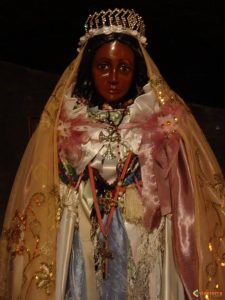
Romani people and groups also don’t follow a single faith, or more accurately, a single organized faith. They still have their own beliefs, such as Saint Sara-la-Kâli, the patron saint of the Romani people. It is more common for Romani people to adopt the predominant religion of the country they are living in, describing themselves as “many stars scattered in the sight of God.” So, religion can vary greatly based on each Romani group. Common Romani beliefs usually involve a set of rules that govern things such as purity, respect, honor, cleanliness, and justice. These rules are called “Rromano”, which means to behave with dignity and respect as a Romani person. This worldview is called “Rromanipé”. Within this worldview, it is considered honorable to share one’s success. This is usually displayed through hosts offering food and gifts to their guests. Generosity within the Romani community is seen as an investment within the network of social relations.
Although every Romani group is different, they all share one language with different sub-languages attached to different groups. This language is called Rromanës, which has roots in Sanskrit languages, Hindi, Punjabi, Urdu, and Bengali. Some words from Rromanës have even been borrowed from English, such as “pal”, meaning “brother”, as well as “lollipop” from the word “lolo-phabai-cosh”, which means red apple on a stick.
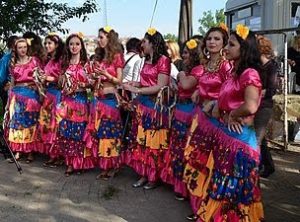
Cultural attire and dress usually involve gold jewelry, with women wearing headdresses decorated with coins. It is also common for Romani people to wear colorful and floral outfits. Another common tradition is to decorate Romani homes with displays of religious icons, usually with fresh flowers and gold/silver ornaments. These kinds of displays are considered a token of good fortune and honorable.
Where are they now?
In the 21st century, there are 12 to 15 million Romani that live in the world. They are one of the largest ethnic minorities in Europe, with 70% of them living in Eastern Europe, largely within the Balkan peninsula. Some Romani are in Central European states, and in Spain, France, Russia, and Ukraine. Most Romani living outside of Europe reside in the Middle East, North Africa, and the Americas. Only about a million Romani people live in the United States. As mentioned before, many Romani are no longer nomadic and live in houses and apartments. They usually are not readily distinguishable as Romani, and because of the continued discrimination and persecution Romani face in our world, many do not publicly acknowledge they are Romani.
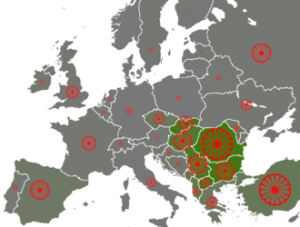
Romani have distinct Romani-based ethnicities based on where they are located, such as their religious beliefs, their cultural practices, self-designation, and the dialectal differences. The main branches are: Roma, located in Central and Eastern Europe, as well as Italy, the most common Romani ethnicity, who emigrated from the 19th century onward to the rest of Europe and the America; Calé, which resides mostly in Spain but also in Portugal, Southern France, and Latin America; Finnish Kale, which lives in Finland but also has communities within Sweden; Welsh Kale, in Wales, specifically the Northwestern part of the country in predominantly Welsh-speaking areas; Romanichal, which lives in England as well as the United States, Canada, Australia, New Zealand, South Africa, Northeast and South Wales, and on Scottish borders; Sinti, who live in German-speaking areas of Europe and neighboring countries, the group mainly targeted during the Holocaust; Manush, which resides in French-speaking areas around Europe; Romanisæl, residing mainly in Sweden and Norway, mainly in southern parts of the country; Muslim Roma, who areusually called Horahane and reside in Türkiye and the Balkans; and Romanlar, who also live in Türkiye, but are not necessarily Muslim.

Romani have continued to face discrimination, mainly in Europe. This is most commonly seen through active segregation of Romani people, such as the common practice of placing Romani students in segregated schools or classes. Many of these schools are “delinquent schools” that follow many human rights abuses, as well as offering terrible quality education and being in poor physical quality. It is also common for schools to send Romani children to classes for learning disabilities, without them showing any sign that they actually have learning disabilities. Additionally, several walls have been built by local authorities to segregate Romani from the rest of the population. Also, in spite of the long waiting time for child adoption within the Czech Republic, as well as the world, Romani children from orphanages are almost never adopted by Czech couples,eaving the children to face more systematic oppression and poverty.
The discrimination of Romani people has also been perpetrated through violence throughout Europe. In 2008, Romani camps in Naples were attacked and set on fire by local residents for seemingly no reason but to force the Romani out. Once again in 2008, a high court in Italy overturned the previous convictions of defendants that had publicly demanded the expulsion of Romani people from Verona in 2001. The court ruled that “it is acceptable to discriminate against Roma on the grounds that they are thieves”. This was essentially perpetuating the stereotype that all Romani are criminals, as well as declaring it acceptable to discriminate against them, stripping many Romani of any legal protection against violence.
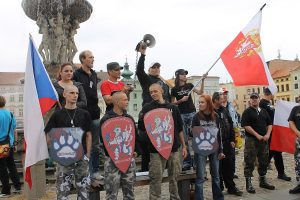
Within recent decades, many anti-Romani riots occurred. The most famous were the Hădăreni riots în 1993. Romanians and Hungarians, after the killing of a Romanian by a Romani person, burnt down 13 Romani houses, lynched three Romani people, and also forced 130 Romani people to flee the targeted village. As recently as 2019, in Bulgaria (Gabrovo), legislation against the Romani community broke out after three young Romani people were accused of assaulting a local shopkeeper. There was a wave of riots that followed which saw incidents of violence and the burning of two houses where Romani people were living. This led to the majority of people in the Romani community fleeing overnight, leaving behind their homes to be looted.
While Romani still continuously face oppression, there has been some effort to lessen said oppression. During what was labeled as the “Decade of Roma Inclusion” (2005-2015), 12 out of 50 European countries made a commitment to eliminate discrimination against Romani communities. This was mainly through a bettering of education, employment, health, housing, and core issues of poverty and discrimination. But, according to the RSG, Romani people still face widespread discrimination. It should also be noted that April 8th is the International Day of Romani, which is a day to raise awareness of the issues facing the Romani community and to celebrate Romani culture.
Why are they hated?
The short and most obvious answer to the question; “why are Romani so hated?” is racism. Racism exists within every culture, every race, and every country. It is caused by the human’s usual dismissiveness and dislike of things different from themselves. Romani culture is very different from European cultures, thus Europeans fell into dislike of Romani, due to their differences. That is how the seed is planted, but the rose of hatred grows when it is watered by people in power using this dislike and misunderstanding to turn it into systematic oppression. Systematic oppression then turns other people into racists; because of the laws they grow up with, they are socialized to hate Romani people.
It is similar to when the Trans-Atlantic slave trade started to become an influential market, and people in power started justifying their brutal chattel slavery of Africans by claiming that Africans’ skulls were smaller and therefore Africans were stupid and liked to be enslaved. This bold-faced lie was disproved by Africans jumping off of slave trading boats to kill themselves instead of being slaves. However, if you were the average non-slave-trading European person, you wouldn’t know this. Thus, you’d be socialized to believe slavery was a good thing, or that Africans were monsters and brutes because you had never been told otherwise. You conclude that you are better than them. Systematic oppression is a weed that spreads poison throughout the garden. No one is inherently racist; they learn to be racist through their environment. Racism, homophobia, transphobia, sexism, xenophobia, and antisemitism, are all learned behaviors, Whether that takes the form of someone directly teaching you “This group of people are bad because X” or just you perceiving the environment that systematic oppression gives you and coming to conclusions through everyone else’s behavior.
Delving deeper into the specificity of “why are Romani so hated?”, meaning what differences specifically led to them being systematically oppressed, you’d have to look at their survival throughout history. Due to constant mistreatment, they were forced to be nomadic. This lifestyle left an aura of mystery and suspicion for Europeans. Many of the harmful stereotypes about Romani people are from this nomadism. They were equated with vagabonds, thieves stealing from towns and then moving on to the next one. This nomadic lifestyle also left many Romani illiterate, since few were able to attend school due to moving around as well as discrimination, perpetuating the stereotype that Romani people are lazy and stupid.
Poverty also fed into the hatred of Romani people. Romani were and are skilled metalworkers and basket-makers, causing local guilds to resent this competition from people considered “outsiders”. The guilds would take economic action against Romani craftsmen, pushing them into poverty and without work. As poverty does, it pushed many Romani people to have to engage in petty crime or theft in order to survive. Many Romani would also engage in fortune-telling to make money, which caused further hatred due to this being considered “blasphemous” and foreign.
Their ability and cultural way of dealing with religion, such as worshiping different religions within their own way, also caused further resentment. As stated before, many Romani worshiped the religion within the territory they were staying in their own way. This was considered blasphemous and “pagan”, and altogether different.
The systematic oppression of Romani people has left a huge mark on Europe. The largest impact is felt by Romani people, who still face discrimination daily for being born Romani. It also has created an environment where, without being told differently, people grow up to continue to hate Romani people without any real reason. According to a survey in 2010, 83% of citizens of the Czech Republic consider Romani to be asocial, and 45% of citizens would like to expel Romani from the Czech Republic. In 2009, the Bulgarian prime minister, Boyko Borisov, referred to Romani as “bad human material”. It is not just through burning down their homes and segregating Romani people that we perpetuate hatred against them; we do it through miseducation and dismissiveness, by creating an environment where Romani are thought of, not as people, but as thieves and monsters, by considering them “bad human material”.
This is not just an issue with Romani people; this is an issue with every form of hatred. That is why it is so important to question everything, question your world, and question yourself. Nothing can rewrite the wrongs that people have faced, nothing can change the history of our world. Racism can’t be “fixed”, only minimized. And we do that through questioning and learning, we do that through empathy and understanding each other as humans and not as groups. The world’s history is marred with hatred. The little things we can do to help, such as spreading awareness about important matters, help make sure our future is a little brighter than our past.
Further Reading
I personally implore you to look deeper into Romani history and culture. I became interested in Romani culture due to the YouTuber Florian Florida, a Romani man who has dedicated his channel to calling out anti-Romani stereotypes and awareness. He produces shorts that concisely explain Romani prejudice as well as shed light on Romani figures throughout history. I also used some of his lengthier videos as sources for this article. Here are the sources that were used:
https://www.hmd.org.uk/learn-about-the-holocaust-and-genocides/nazi-persecution/the-roma-genocide/
https://www.nationalww2museum.org/war/articles/roma-european-culture
https://www.livescience.com/64171-roma-culture.html
https://www.livescience.com/25294-origin-romani-people.html
https://en.wikipedia.org/wiki/Anti-Romani_sentiment
https://en.wikipedia.org/wiki/Romani_diaspora
Author’s Note: I am not personally Romani. If you are or know of something that I got incorrect within this article, please let me know by leaving a comment or sending me an email through [email protected]. It is not my purpose to spread misinformation. Obviously I could not fit everything about Romani history into this article, but I tried my best to highlight the persecution Romani people have faced as well as their culture.



